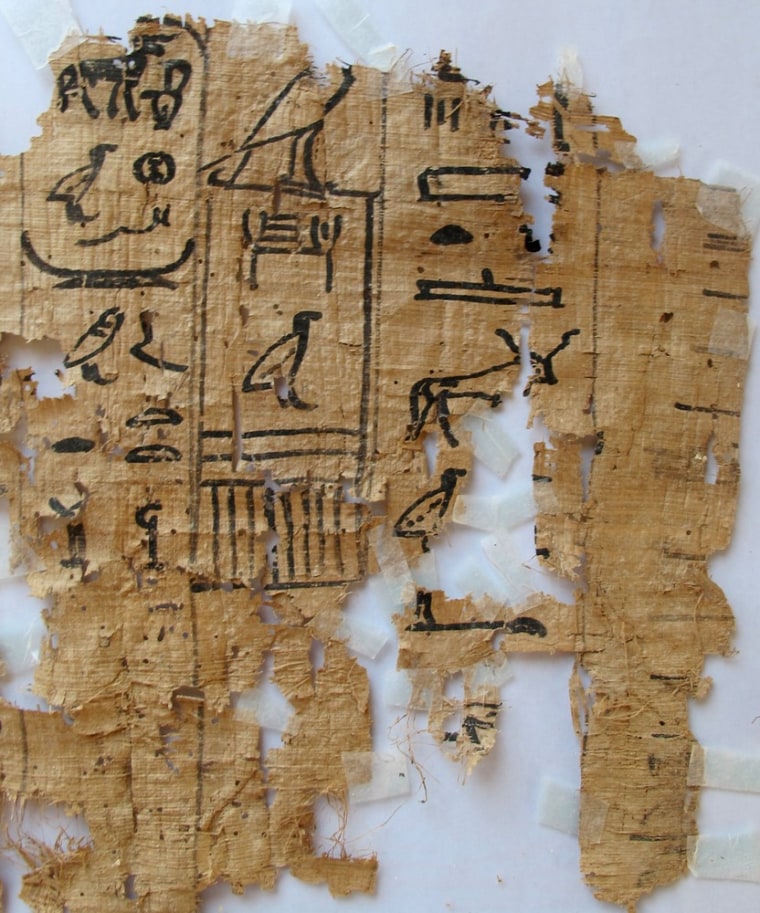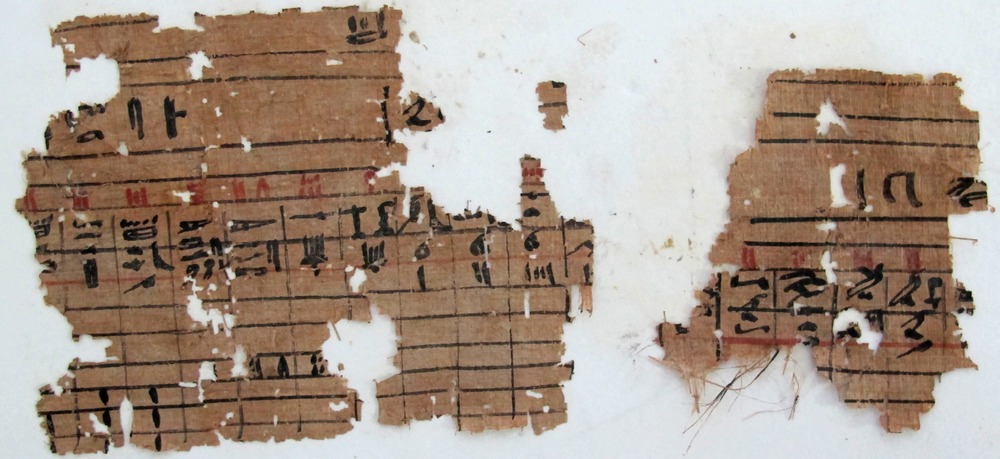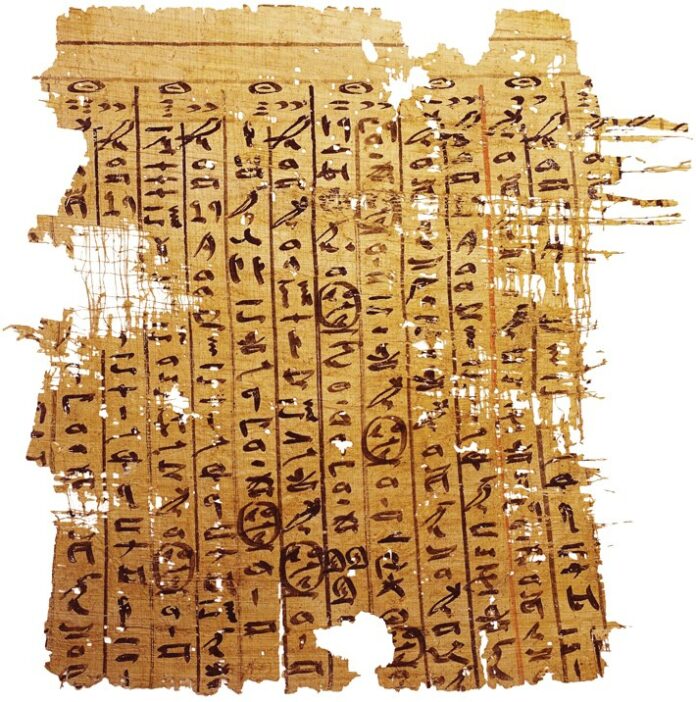Archaeologists have made a groundbreaking discovery in Egypt, uncovering what is believed to be the country’s oldest harbor and its oldest collection of papyrus documents. This exceptional find offers new insights into the commercial activities and daily lives of ancient Egyptians during the reign of Pharaoh Khufu, also known as Cheops, around 2,566 B.C. The importance of this discovery is immense, providing a unique glimpse into the past and offering valuable information on the extensive maritime trade and sophisticated record-keeping practices of Egypt’s Fourth Dynasty.

Ancient Harbor Structures Discovered
The 4,500-year-old harbor was discovered in the Wadi al-Jarf area, located 112 miles (180 kilometers) south of Suez, along the Red Sea coast. This incredible find, made by a French-Egyptian mission from the French Institute for Archaeological Studies, predates any other known port structure in the world by more than 1,000 years. The harbor is considered one of the most significant commercial ports of ancient Egypt, where expeditions were launched to export copper and other minerals from the Sinai Peninsula. Archaeologists have found various docks and a collection of carved stone anchors, providing tangible evidence of the harbor’s bustling activity.

Oldest Papyrus Documents Unearthed
In addition to the harbor structures, the team unearthed a remarkable collection of 40 papyri that offer a unique glimpse into the daily lives of ancient Egyptians during the 27th year of Khufu’s reign. These papyri, described as the oldest ever found in Egypt, illuminate the logistics and operations of the harbor, including arrangements for providing bread and beer to the workers embarking on voyages. One particularly significant papyrus details the daily activities of an official named Merrer, who was involved in the construction of the Great Pyramid. The diary entries provide valuable insights into the quarrying and transportation of the limestone blocks used in constructing this iconic monument, offering a firsthand account of the logistical challenges and organizational efforts involved.

Significance and Implications
The discovery of this ancient harbor and the accompanying papyrus texts marks a significant milestone in the study of ancient Egyptian history. These findings predate any other known port structures by more than a millennium and offer an unprecedented level of detail and insight into the commercial, administrative, and logistical aspects of Egypt’s maritime activities during the Fourth Dynasty. The documents recovered from the site provide a rare and invaluable glimpse into the daily lives and record-keeping practices of ancient Egyptians, shedding light on the sophisticated organizational structures and management systems that supported the country’s extensive trade networks and construction projects. These findings will undoubtedly contribute to a deeper understanding of Egypt’s economic and social history, as well as the technological and administrative advancements of the Fourth Dynasty.
Conclusion
The discovery of the 4,500-year-old harbor and the oldest papyrus documents ever found in Egypt is a remarkable archaeological achievement. This groundbreaking find not only expands our knowledge of ancient Egyptian history but also serves as a testament to the enduring ingenuity and resilience of a civilization that continues to captivate the modern world. As researchers delve deeper into the insights provided by these artifacts, we can expect to uncover even more fascinating details about the inner workings of one of the most influential societies in human history.
4o




